2025 First Half Sales Review of New Auto Forces: Leapmotor Leads the Pack
![]() 08/05 2025
08/05 2025
![]() 515
515
Over the past six months, the auto market has witnessed unprecedented competition, with both new auto forces and traditional automakers relentlessly vying for larger market shares. This intense rivalry has fueled a robust growth in the new energy vehicle market, with significant sales increases across major automakers. However, beneath this apparent prosperity, hidden currents reveal a intensifying internal differentiation among the new auto forces. Former leaders now face stiff challenges from upstarts, and the battle for supremacy remains uncertain.
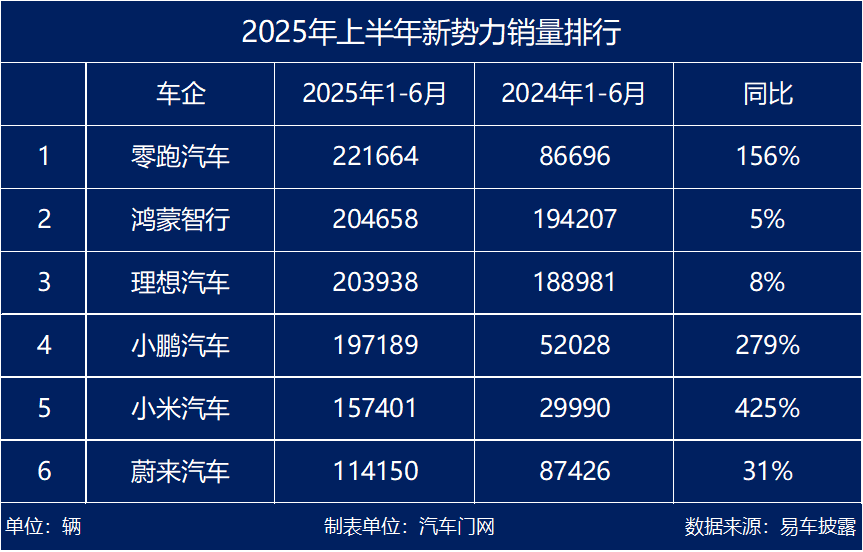
Among the new auto forces, Leapmotor has gained significant momentum. With sales reaching 221,700 units in the first half of the year, a remarkable 155.7% year-on-year increase, Leapmotor surpassed both Hongmeng Zhixing and Li Auto to claim the top spot on the sales chart for the first time in six months. Since adopting the tagline "high configuration at low prices," Leapmotor has consistently maintained monthly sales above 40,000 units. Notably, from April this year, Leapmotor has held the position of the top-selling new auto force for three consecutive months.
In terms of sales structure, all Leapmotor models have performed impressively. From January to June 2025, the cumulative sales of the Leapmotor C10 exceeded 50,000 units, followed by the Leapmotor C11 with 40,000 units. Both the Leapmotor C16 and Leapmotor T03 sold over 30,000 units. Additionally, the B10, launched just in April, has achieved sales of 28,000 units, showcasing strong market potential. On July 28, Leapmotor's first sedan in the B series, the Leapmotor B01, was officially launched, receiving 10,132 orders within 72 hours, positioning it as a dark horse in the domestic pure electric sedan market. Furthermore, Leapmotor plans to launch the entry-level hatchback model, the Leapmotor B05, within this year, with pre-sales expected to commence at the Guangzhou Auto Show in November.
Leapmotor has undoubtedly found the key to success, with its sales figures serving as irrefutable proof.
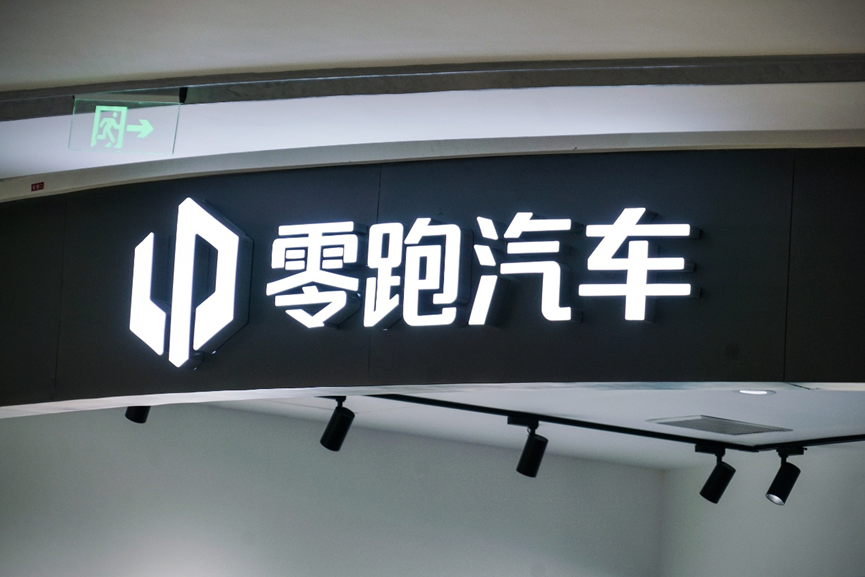
Despite slipping to second place, Hongmeng Zhixing remains a formidable player in the first tier of new auto forces. Official data reveals that in the first half of the year, Hongmeng Zhixing delivered a total of approximately 205,000 units, marking a 5% year-on-year increase.
Wenjie continues to be the main delivery force for Hongmeng Zhixing, accounting for 80% of total sales with approximately 154,000 units delivered in the first half of the year. Wenjie M9 and Wenjie M8 are the sales pillars of the brand. Zhijie sold a total of 44,929 units, a 165.3% year-on-year increase. The Xiangjie brand, with only one model—the Xiangjie S9—has achieved an average monthly sales volume exceeding 1,500 units, according to third-party data. Similarly, the Zunjie brand's sole model, the Zunjie S800, recorded sales exceeding 8,000 units within 50 days of its launch, with order records continuously being updated. While all brands have experienced growth, the uneven distribution of sales among models within the Hongmeng Zhixing system remains a notable issue.
To optimize product layouts and balance sales structures, Hongmeng Zhixing plans to introduce a series of new models in the future. Announced models include the Shangjie H5, the first vehicle of the "Fifth World," the first travel car Xiangjie S9T, the Wenjie M8 pure electric version, and the new Wenjie M7. The launch of these models is expected to inject new momentum into Hongmeng Zhixing's sales growth.
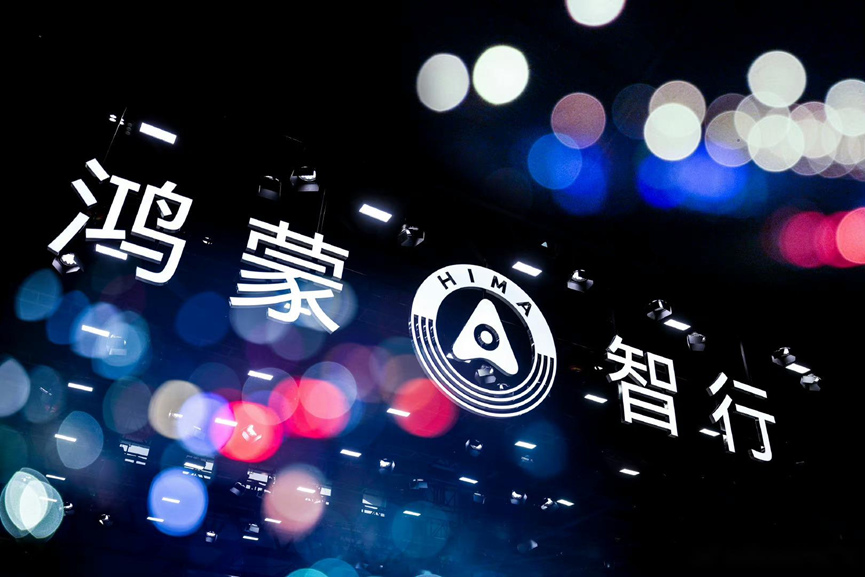
Li Auto maintained a steady market performance in the first half of this year, with cumulative deliveries of 202,938 units, representing an 8% year-on-year increase. However, it's worth noting that while Li Auto continues to grow, its growth rate has begun to slow. From January to June 2025, Li Auto was surpassed by Xpeng and Leapmotor in monthly sales rankings. In June, Li Auto's sales even declined by nearly 30% year-on-year. Some analysts attribute this to the increasing competition from new players entering the extended-range market, gradually eroding Li Auto's first-mover advantage and increasing its pressure.
To explore new growth avenues, Li Auto has turned its focus to the pure electric segment. On July 29, the Li Auto i8, a mid-to-large SUV, was officially launched with a price range of RMB 321,800-361,800, and deliveries commenced on August 20. Prior to its launch, some auto bloggers claimed that pre-sale orders for the Li Auto i8 were promising. Now, with a price reduction of up to RMB 30,000 compared to the pre-sale price, the company expects a continued surge in orders. Another mid-to-large SUV, the Li Auto i6, is expected to be officially launched in September this year and has already been declared with the Ministry of Industry and Information Technology.
The addition of these two pure electric products is anticipated to alleviate Li Auto's sales bottleneck.
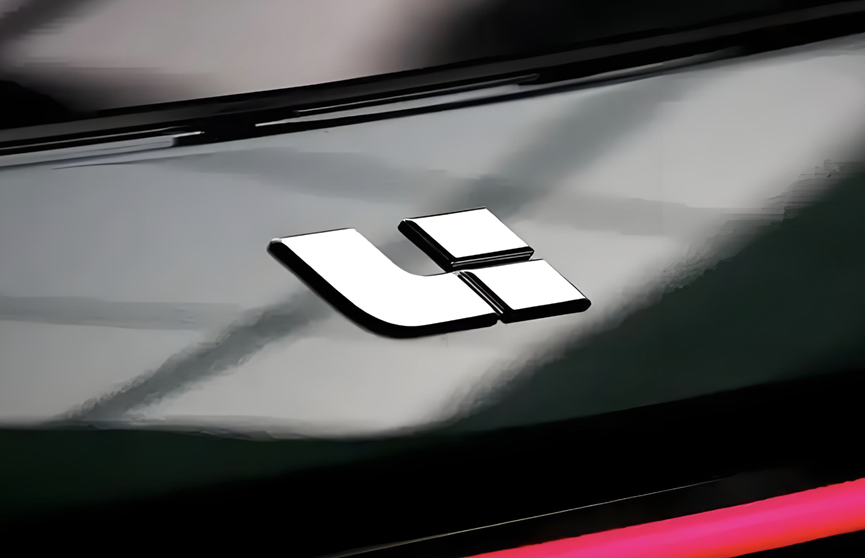
In contrast, Xpeng experienced a "bottoming-out rebound." Data shows that in the first half of 2025, Xpeng delivered a total of 197,189 new vehicles, marking a significant 279% year-on-year increase. In just six months, Xpeng surpassed its total sales for the entire previous year.
The enrichment of Xpeng's product matrix has been a key driver of its sales growth. The Xpeng MONA M03 and Xpeng P7+, launched last year, have continued to perform well, contributing to over 136,000 units sold in the first half of this year, accounting for 69% of Xpeng's overall sales and serving as its primary sales pillars. The recently launched Xpeng G7 achieved sales of over 10,000 units within just 9 minutes of its launch and is expected to become another best-seller for Xpeng. Additionally, Xpeng's all-new P7 will make its China debut on August 6, while the company's first extended-range product, the G01, is anticipated to launch in the fourth quarter of this year.
Xpeng is currently demonstrating strong market potential and robust growth prospects. Some analysts believe that if the current trend continues, Xpeng's profitability target for the fourth quarter may soon be achieved.
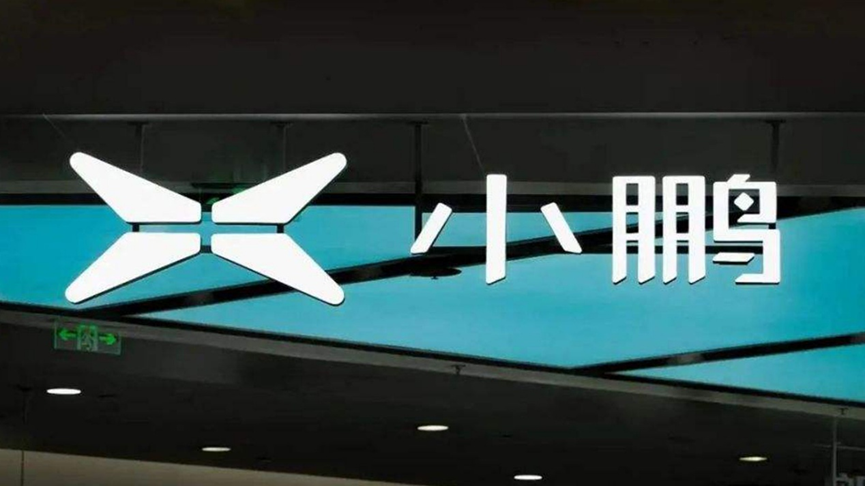
Although currently ranking fifth on the sales chart of new auto forces, Xiaomi Motors is undeniably a highly favored "potential stock" in the automotive industry. In the past six months, Xiaomi Motors delivered approximately 157,401 units, fueled by the popular sales of its two models, the Xiaomi SU7 and Xiaomi SU7 Ultra, marking a 425% year-on-year increase. Notably, the Xiaomi SU7 sold a cumulative total of 156,992 units in the first half of the year, topping the sales chart of mid-to-large sedans for six consecutive months. Despite this, a substantial number of Xiaomi SU7 orders still await delivery, with expected delivery times extending into the end of the year. On June 26, Xiaomi Motors launched its first SUV model, the Xiaomi YU7, which quickly became a market hit. The company reported that 18 hours after the launch, the number of locked orders had surpassed 240,000.
Currently, Xiaomi's main challenge lies in production capacity. It is understood that Xiaomi Motors' second-phase factory will soon enter formal production, with an annual production capacity of 300,000 units. This expansion is expected to accelerate delivery speeds. Moreover, to further optimize production processes and enhance delivery efficiency, Xiaomi Motors adjusted some configurations of the Xiaomi SU7 and Xiaomi SU7 Ultra on July 26.
Regarding new products, spy shots of Xiaomi's "Kunlun" extended-range SUV and Xiaomi YU7 Ultra have recently surfaced online, but the exact unveiling dates for these models remain unclear. The most pressing issue for Xiaomi Motors is how to retain user loyalty amid excessively long delivery cycles, which has become an inevitable challenge for the company.
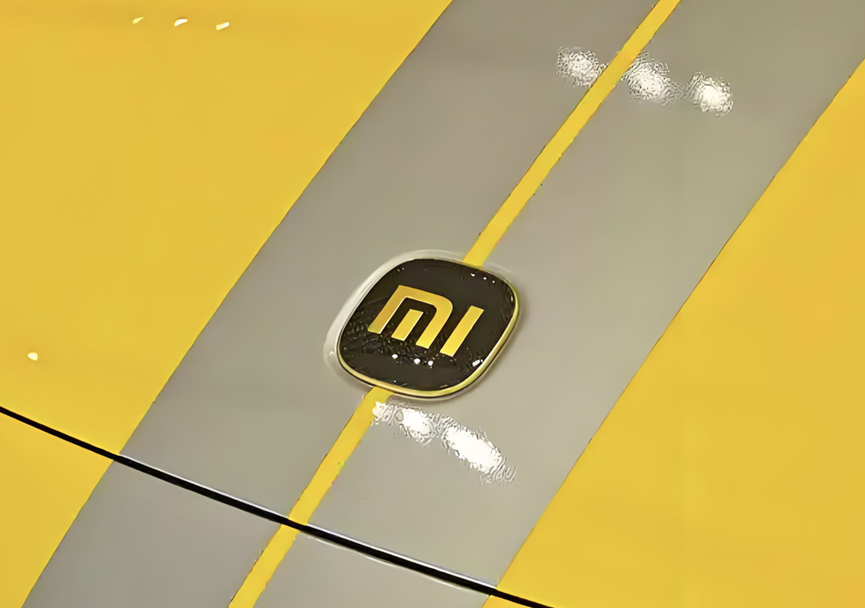
Turning to NIO, data reveals that from January to June 2025, the company delivered a cumulative total of 114,150 units, marking a 31% year-on-year increase. While NIO's sales lag behind other new auto forces, its performance in the first half of this year was commendable, considering the continuous enrichment of its product line and the launch of new brands.
From a brand perspective, the NIO brand delivered a cumulative total of 76,000 units in the first half of the year, accounting for 67% of overall sales and remaining the mainstay of NIO's sales. The revamped "5566" models played a pivotal role in this success. The Ledo brand sold a total of 32,000 units, gradually stabilizing its market position. Since its launch, the Firefly has delivered a cumulative total of 7,843 units.
NIO's sales are currently experiencing a slow rebound. On July 10, pre-sales for the Ledo L90, a pure electric large SUV, began with a starting price of RMB 279,900. With the BaaS battery rental scheme, the purchase price can drop to as low as RMB 193,900, a price that has been hailed by netizens as "irresistible." Channel sources report that the number of new car orders has exceeded 30,000. Additionally, the third-generation NIO ES8 and the Ledo L80 will be launched successively this year. The arrival of these new models is expected to not only provide strong support for sales growth but also help NIO achieve profitability in the fourth quarter.
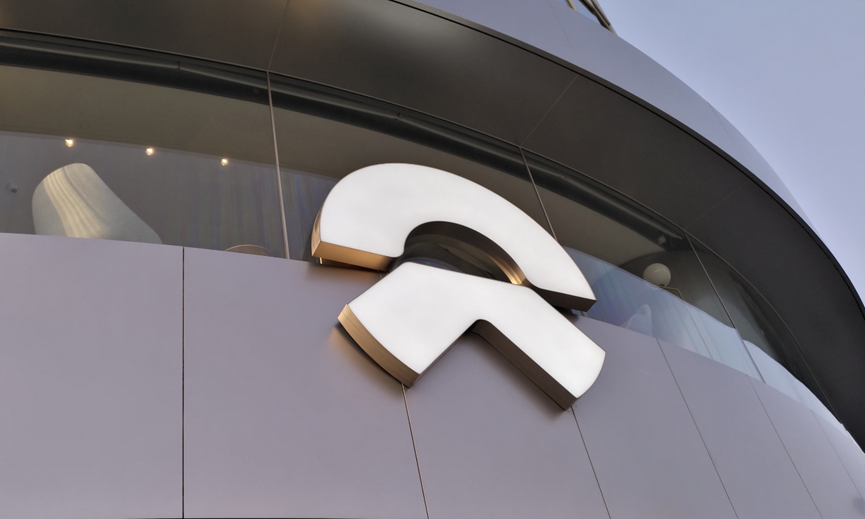
(Images sourced from the internet, remove upon infringement)





